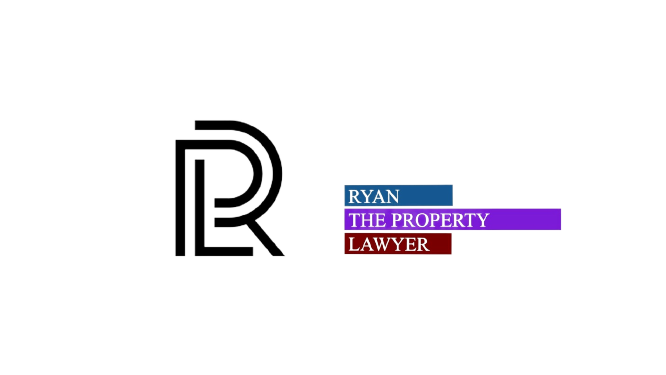An easement is a right enjoyed by one landowner over the land of another and is granted for a special purpose rather than for general use and occupation of the land.
An easement has six defining characteristics:
- It must be granted for a specific and clear use;
- It must be comprised of both the dominant and servient tenements;
- It must have a separate ownership of the lands involved;
- It must solely benefit the dominant tenement;
- It runs with the land, so it binds subsequent owners
- The dominant and servient tenement do not have to be adjoining.
The dominant tenement is the estate or interest in land that derives benefit from an easement over a servient tenement, as in a right-of-way. An easement must confer a benefit on a dominant tenement.
By contrast, a servient tenement involves land over which an easement exists in favour of a dominant tenement.
Creating and Terminating an Easement
An easement can be created in one (1) of four (4) ways:
- Express grant
- Prescriptions
- Implication
- Statute
Conversely, an easement can be terminated in one (1) of three (3) ways:
- Merge
- Release
- Ceasing of purpose
Types of Easements
There are several types of easements commonly found in residential properties:
- A right of way – frequently found on properties that allows a person to travel or pass through another’s land;
- Party wall easements – they are created when registered owners of adjoining parcels of land enter into a party wall agreement in order to divide the wall between the attached unit.
- Mutually shared driveway – when a strip of land shared by adjoining neighbours is used as a joint driveway by both parties and creates an easement on each property.
Author Profile

Latest Blog
 Uncategorised22 December 2023What Constitutes a Legal Partnership in Ontario?
Uncategorised22 December 2023What Constitutes a Legal Partnership in Ontario? Uncategorised22 December 2023Characteristics of a Corporation in Ontario
Uncategorised22 December 2023Characteristics of a Corporation in Ontario Uncategorised22 December 2023Intentions Matter When Co-Owning Property
Uncategorised22 December 2023Intentions Matter When Co-Owning Property Uncategorised22 December 2023Consequences of Operating an Ontario Partnership
Uncategorised22 December 2023Consequences of Operating an Ontario Partnership




